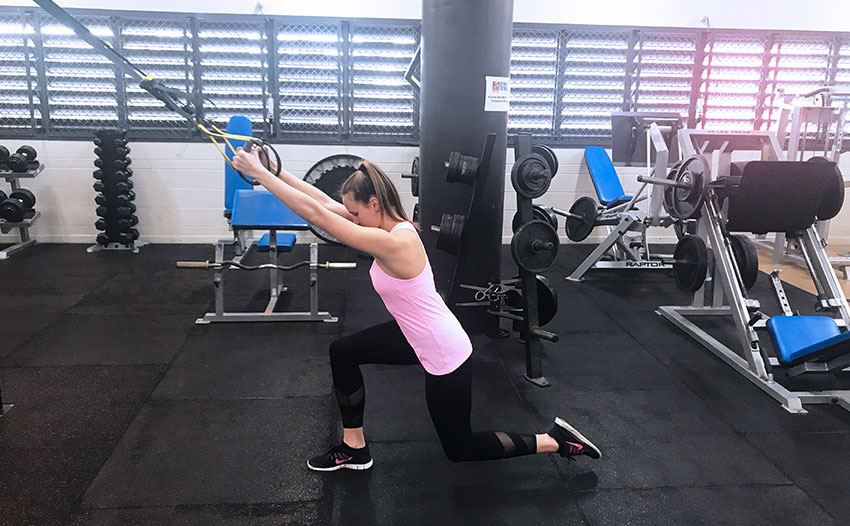
Fitness & Deconditioning: Use it or lose it
We all know how great we feel after regular exercise – and how easy is it to get stuck in a rut once you stop going! You might be surprised how quickly you lose fitness/health benefits once you stop.
As a general rule, you lose your fitness twice as quickly as you gain it. Therefore, 1 day on is equivalent to 2 days off! Scary stuff, right? Whatever your exercise of choice, if you take a week off, you could lose half your fitness gains. And the longer you go without working out, the more you lose.
So let’s look at what’s happening in your body and how you can make sure you use it, rather than lose it.
How does it work?
“Deconditioning” or “detraining” is the term for the way you lose fitness when you stop working out.
When you take a break from exercise you’ll see the most noticeable change in your aerobic fitness, and this change happens quite quickly. The more you work your cardiovascular system, the stronger and more efficient it becomes.
Muscular strength, however, is slower to decline. After two weeks off, you might lose about 7-10% of your strength. After three months of inactivity, you’ll be down about 70%.
You could also experience deconditioning differently depending on how fit you are. Athletes who are very fit have a longer grace period when their training is interrupted. But beginners will lose their fitness much faster.
So what should you do?
It’s slower to rebuild fitness than it is to lose it, so ideally just don’t stop. Hahaha! Easier said than done. We all know life can get in the way. If you’ve stopped exercising, the best thing you can do is get back into it, even just with some walking.
If you’re a beginner still finding your feet with fitness, make it a priority to find exercise that fits your lifestyle. What’s a workout that gets you closer to your goal (eg fitness, weight loss, managing stress) and works with your schedule? Lock a routine into your calendar that’s non-negotiable – don’t even give yourself the choice to miss it. And of course you’ll have more success with workouts that feel like a joy rather than a punishment. Maybe running breaks your heart but a Pilates class with your bestie can burn calories and lift your mood. Bottom line? Take away as many obstacles as you can so skipping your routine isn’t an option.
Rest days are an important part of your routine too. Your body needs time to recover and repair in order to grow fitter and stronger. Alternate hard core days with a day or two of rest or low intensity exercise like walking, yoga, pilates or gentle swimming.
If you have to stop your normal routine – maybe you’re taking a long trip, or have an intense period at work – try squeezing in a shorter or simpler version. To maintain fitness, intensity is more important than duration or frequency. So intense, shorter workouts, or completing smaller bits of your usual full workout, are a good option.
If you’re forced into a break through injury, see if you can try other gentle exercises for different muscle groups unaffected by your injury. But it’s always best to get some advice from a professional. An exercise physiologist can help tailor a program that will work for you. For more information please call 1300 630204!